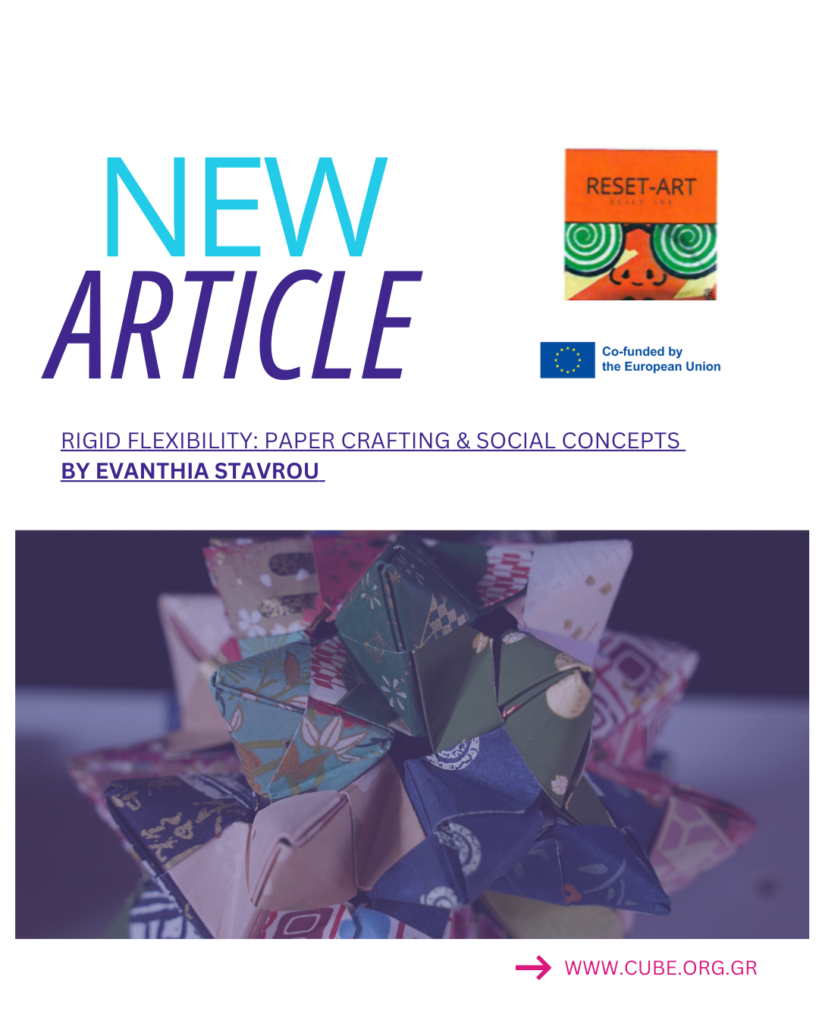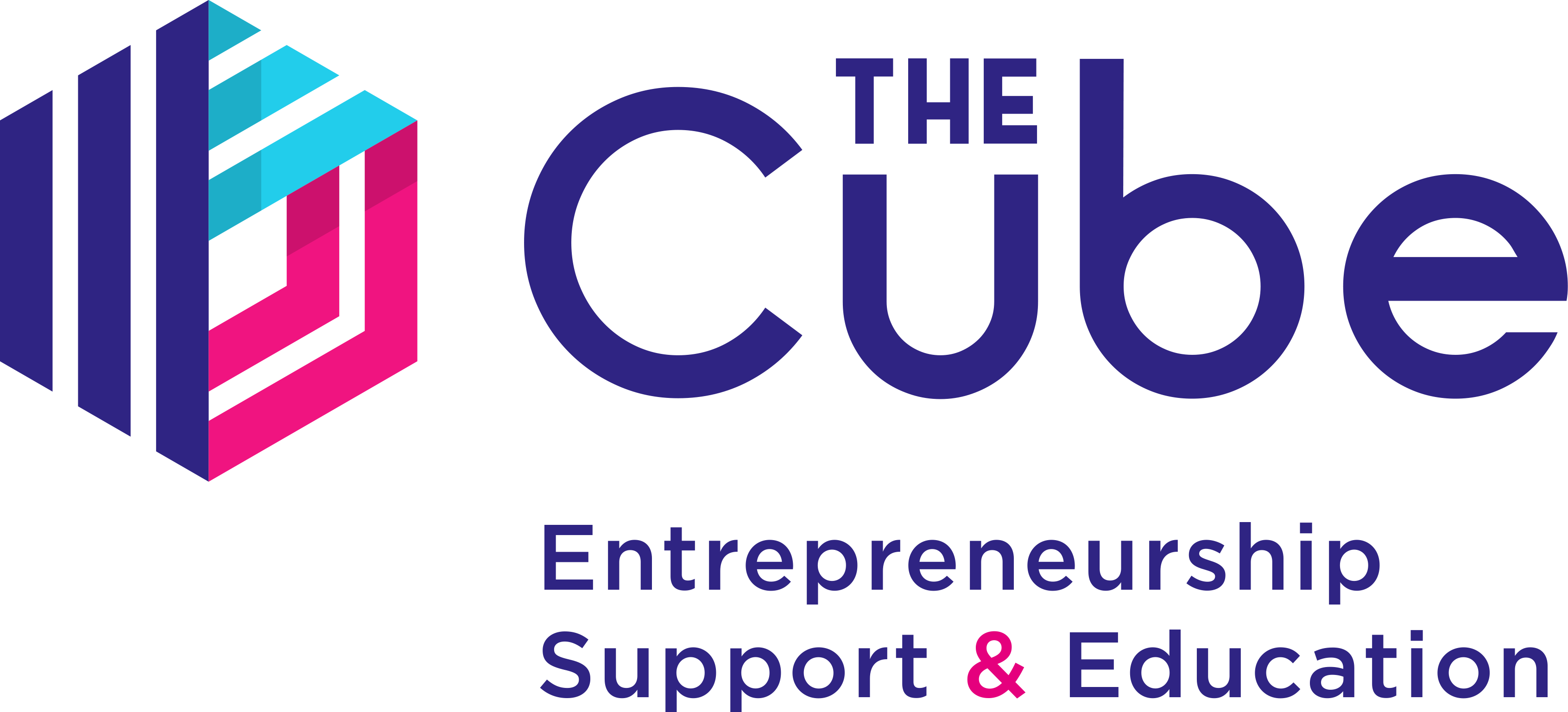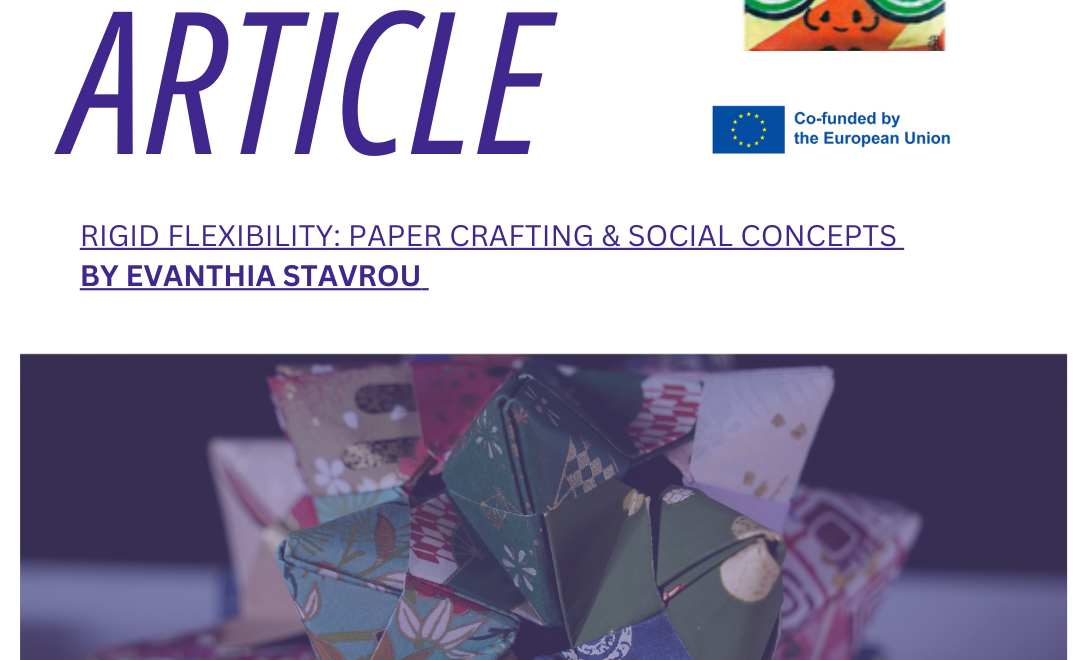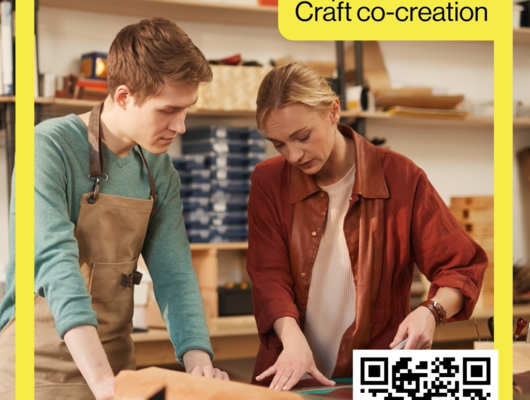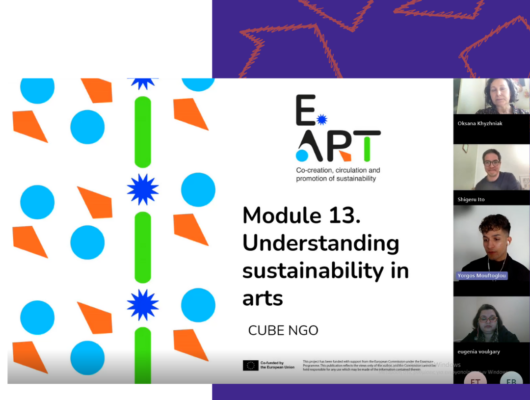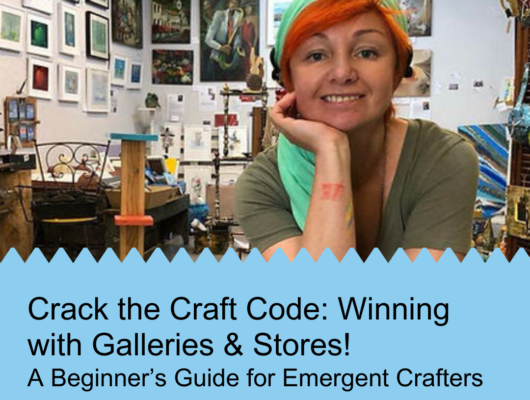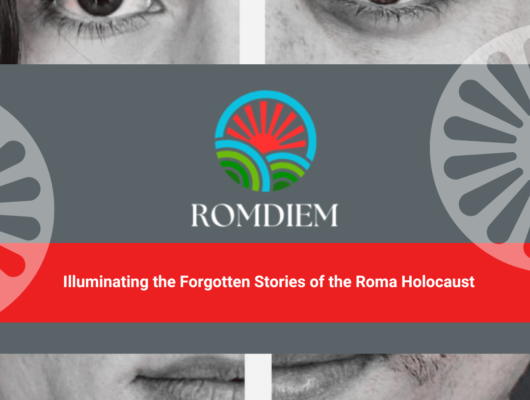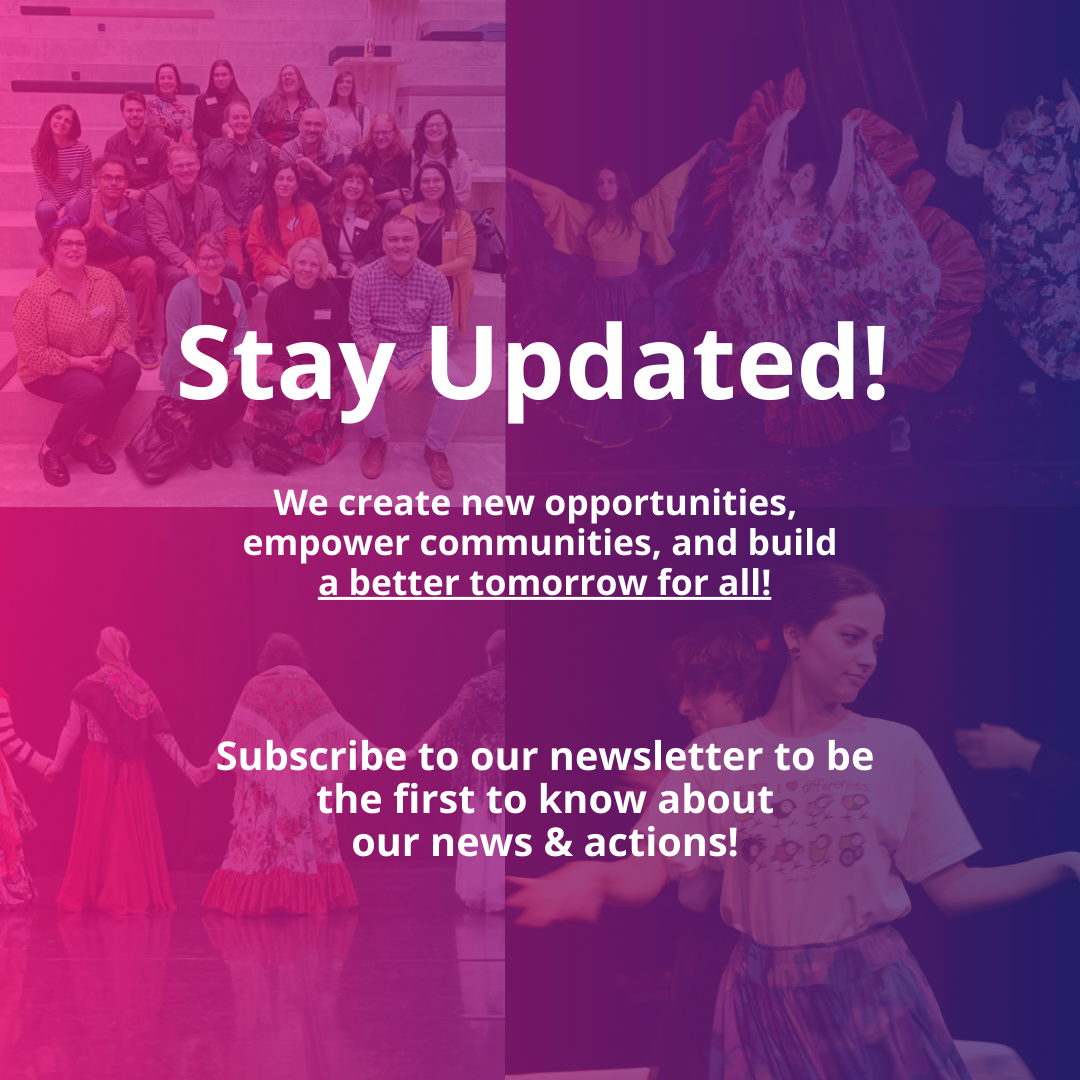What do modular origami and group dynamics have in common? At first glance, they may seem worlds apart—one is an ancient paper-folding technique, the other a fundamental aspect of human interaction. Yet, when examined through the lens of structure and adaptability, intriguing parallels emerge. The way modular origami pieces interlock to create complex, unified designs mirrors how individuals function within a group. Each part contributes to a greater whole, maintaining its distinct identity while working in harmony with others.
Beyond being an engaging artistic practice, modular origami provides a metaphor for social behavior, collaboration, and the delicate balance between independence and unity. As an artist deeply invested in paper crafting and spatial storytelling, I have often explored these themes in my work. My artistic practice revolves around the transformation of simple materials—paper, fiber, and found objects—into intricate structures that question the intersections between the individual and the collective, tradition and innovation, fragility and resilience. In this article, I will explore how paper crafting, particularly modular origami, connects to broader social concepts, reflecting the ways we navigate our environments both artistically and socially.

Modular origami is a specialized branch of paper folding where individual units, or modules, come together to form a larger, often intricate structure. Unlike traditional origami, which typically involves a single sheet of paper, modular origami relies on repetition, interconnection, and structural dependence. No single unit can stand alone to create the final product—each piece plays a vital role in the integrity of the design.
This concept is strikingly similar to the dynamics of social groups. Whether in a workplace, a community project, or a creative team, individuals contribute their unique perspectives, skills, and strengths to a collective mission. Much like origami modules, these individual contributions must be carefully integrated to ensure cohesion.
As a paper artist and creative facilitator, I work with individuals from diverse backgrounds, guiding them through artistic processes that mirror social collaboration. My workshops often emphasize the importance of small, seemingly insignificant contributions coming together to form something greater. In these sessions, participants fold individual modules and connect them into larger installations. This process teaches patience, precision, and interdependence—qualities that are essential in both art and society.
Consent-Based Structures: No Glue, Just Agreement
One of the most fascinating aspects of modular origami is that it does not rely on glue, tape, or any external adhesive to hold the structure together. The individual pieces lock into place purely through folds and tension, remaining connected only as long as they are properly positioned and willingly aligned with each other.
This principle is a powerful metaphor for consent-based collaboration in social settings. Just as each paper module must be carefully inserted in a way that respects the structure, individuals in a group must agree on their roles and interactions for the collective to function harmoniously. If one piece is forced into a position where it does not naturally fit, the structure weakens. Similarly, in social groups, coercion, lack of mutual respect, or imbalance can cause instability.
This idea resonates deeply with my artistic and collaborative practice. Whether working with artists, designers, or community groups, I approach creative projects with the understanding that each contribution should be voluntary and valued. Just like in modular origami, where each piece remains independent yet essential, participants in a creative process must feel ownership and agency over their roles.
This consent-driven structure also emphasizes the power of choice and the fragility of forced cohesion. If someone in a group feels unaligned with the collective vision, the project’s integrity is at risk. The same is true in modular origami—if a module is misplaced, it doesn’t break the structure, but it may shift or come apart, revealing the necessity of balance and agreement.
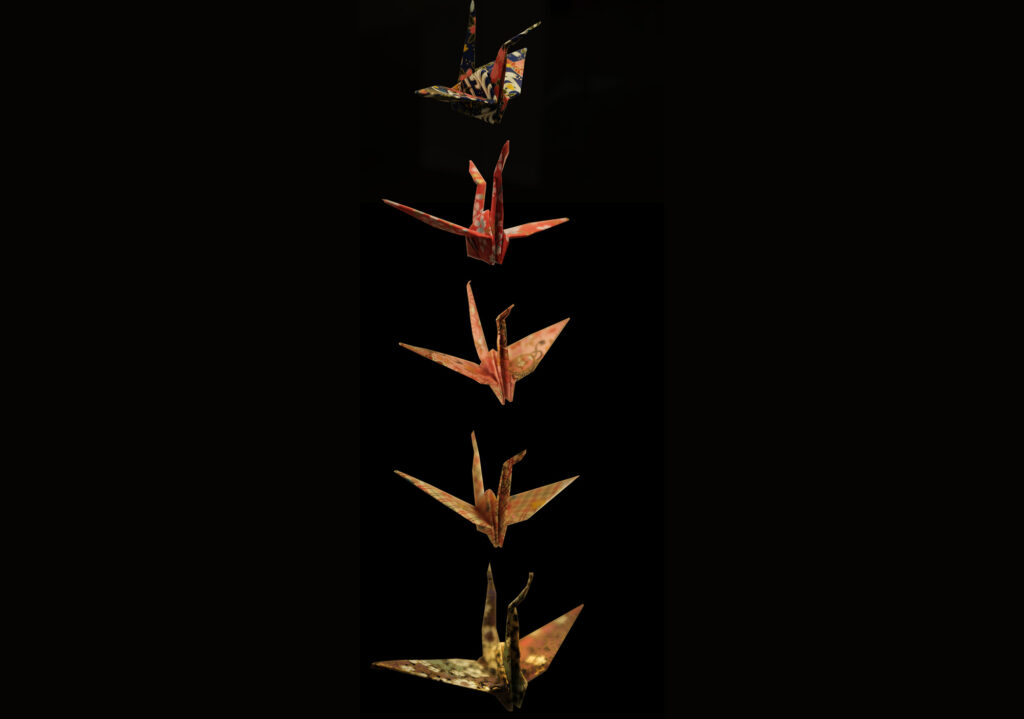
The More, The Merrier—Or the More Fragile?
As the number of units in a modular origami structure increases, so does its complexity. Larger designs are visually striking, often breathtaking in their intricacy, yet they also require careful handling and greater effort to assemble. Similarly, in social settings, larger groups and organizations hold the potential for significant impact but also face challenges in coordination, unity, and stability.
The Balancing Act of Larger Teams
Larger teams bring together diverse talents, ideas, and perspectives, which can lead to innovation and more substantial achievements. However, with increased size comes an added layer of complexity. The more people involved, the greater the need for organization, effective leadership, and clear communication.
My artistic projects frequently involve collaborations with other artists, craftspeople, and community members. One of my most rewarding experiences has been working on public art installations where each participant contributes a small element to a larger piece. While the end result is always remarkable, the process requires significant planning. Just as in modular origami, every component must fit harmoniously, and without careful coordination, the final structure risks instability.
Lessons from Paper Crafting for Social Innovation
1. Structure and Flexibility Must Coexist
In both origami and social dynamics, structure is necessary for order, but adaptability is essential for resilience. My work often incorporates kinetic elements—folded forms that move and shift—highlighting the need for adaptability in both artistic and societal frameworks.
2. The Importance of Clear Connections
Each piece in a modular origami design is interconnected—no single unit exists in isolation. Similarly, in my participatory art projects, I encourage people to see their contributions as part of a larger whole, fostering a sense of collective responsibility.
3. Consent and Voluntary Participation Are Key
Just as modular origami only works when each piece willingly locks into place without force, social collaborations thrive when participants feel valued and respected. My creative work emphasizes this idea, ensuring that everyone involved has agency in the process.
4. Small Groups Can Be More Agile
While large collaborations can create impactful work, smaller teams often have greater flexibility and creative freedom. This is why I often work in small artist-led groups where decision-making is fluid, allowing for more organic artistic expression.
5. Fragility is a Reality, Not a Weakness
Understanding that all structures—both artistic and social—have inherent fragility helps us design with care. Whether working with delicate paper or complex group dynamics, recognizing vulnerabilities allows for more thoughtful, sustainable creations.
6. Artistic Thinking Enhances Problem-Solving
Viewing group dynamics through the lens of origami encourages creativity in leadership, conflict resolution, and organizational strategies. In my work, I use artistic exercises to help teams visualize challenges and solutions, making abstract concepts tangible through hands-on crafting.
The Power of Interdisciplinary Insights
The relationship between modular origami and social structures is more than just a metaphor—it’s a practical way to think about how we connect, collaborate, and create. Whether in a community project, a business team, or an art collective, the principles of precision, flexibility, and consent remain relevant.
As an artist, I continuously explore how materials, spaces, and people interact. My practice is deeply influenced by the tension between structure and fluidity, permanence and impermanence. By drawing from paper crafting techniques and social concepts, I aim to create work that not only exists in physical space but also sparks dialogue about our shared human experiences.
Rigid flexibility—the ability to hold structure while allowing for adaptation—is a vital skill, whether in paper crafting or in life. By embracing this philosophy, we can build stronger artistic practices, more resilient communities, and a deeper appreciation for the art that reflects our social world.
From Evanthia Stavrou
